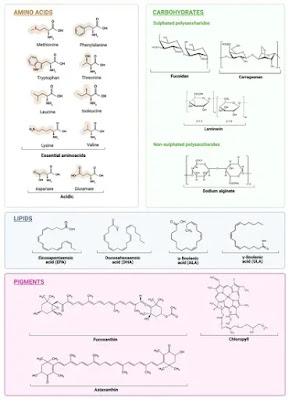OFFER REFERENCE 2423-123307
INFORMATION OF THE RESEARCH ACTIVITY/PROJECT
Name of the research Project: Sustainability Optimization for Secure Food Systems
Principal researcher: Jesús Simal Gándara
Research area: Sustainability Optimization for Secure Food Systems
Reference: SOSFood
Department: C07 Analytical and food chemistry
LABOUR CONTRACT DETAILS
Contract type: Contracts for the realisation of projects and for the execution of plans (Art. 32bis Science Act). Indefinite duration
Number of positions: 1
Work to be performed: European Project Manager.
Functions to be performed:
- 1. Monitoring of project activities and the work plan, administrative and technical support for its development, communication management, technical and administrative justification of the project.
- 2. Technical support in the preparation of reports, organization of events and communication of project activities.
- 3. Support in the preparation and writing of new European project proposals."
Gross Monthly salary: 2.666,66 € (including the apportionments of extra payments)
Expected start date: Subject to the final approval of the funding by the financing institution (Secondadditional provision of the UVIGO research staff recruitment regulations).
Workday: Full Time (37.5 hours per week)
Employment status: Research specialized technician - Type B
Duration of the contract: indefinite
Place of Work: FACULTY OF SCIENCE - OURENSE
REQUIREMENTS AND ACHIEVEMENTS OF APPLICANTS
REQUIRED QUALIFICATIONS Master’s degree, Bachelor’s degree, engineering or equivalent in scientific-technical or legal-social areas.
OTHER ACHIEVEMENTS TO BE CONSIDERED [ITEM/DESCRIPTION/POINTS]
- Item nº1 Academic training, related to scientific-technical or legal-social areas. (15)
- Item nº2 Minimum C1 level of English with official certificate and Spanish. (15)
- Item nº3 Specific, creditable training in the field of management of activities with international financing (25)
- Item nº4 Creditable work experience in the field of management of activities with international financing, management of industrial and intellectual property, management of ethical aspects, open data and open science , dissemination of R&D results, justification of international activities (30)
- Item nº5 Personal interview. The interview will be conducted only with the 3 persons with the highest scores (15)





































